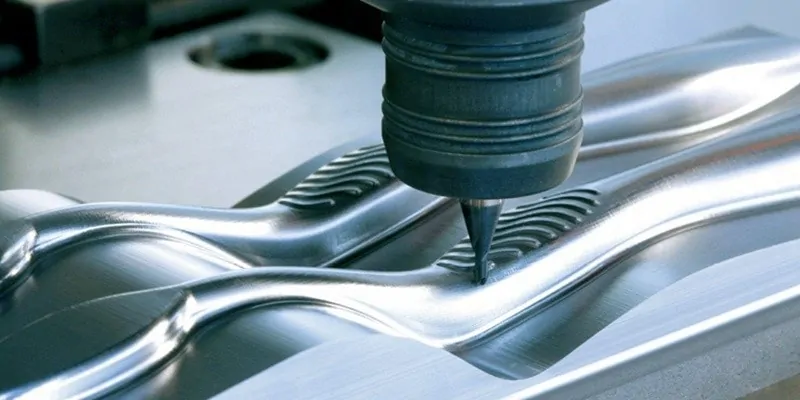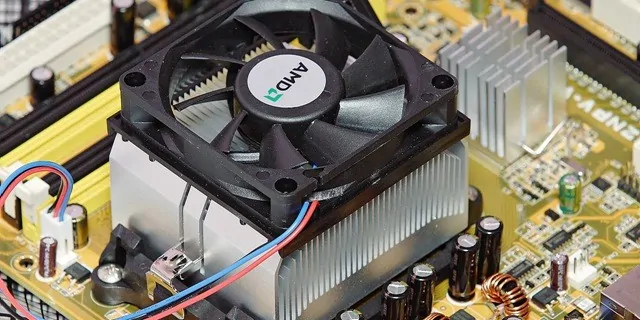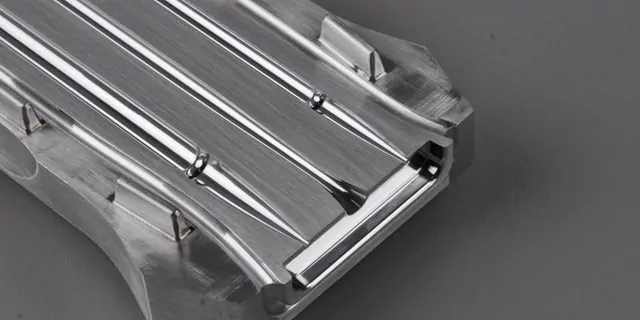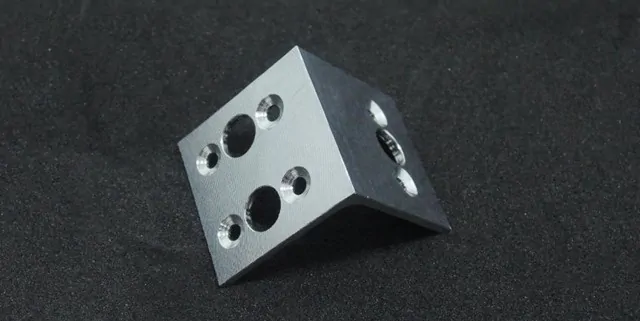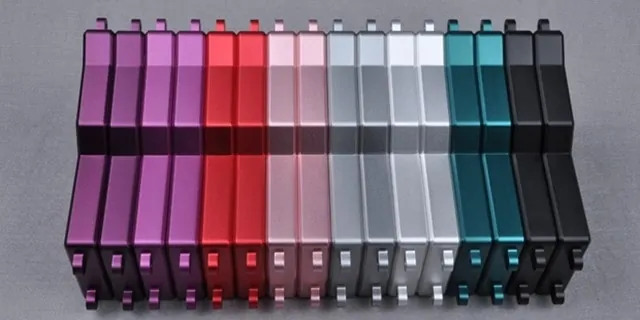As we know, Aluminum is the third richest metal in the earth’s crust, as well as the third most abundant element. Few materials can completely change so many industries like aluminum. As early as the late 19th century, the method of smelting aluminum was first developed and mass-produced. Whether we realize it or not, this element has become an increasingly important part of our daily lives with the constant development of aluminum machining technology. From aerospace to automotive to digital technology, aluminum alloys make it possible to use cheaper, more flexible materials for faster production processes. However, the impact of aluminum on engineering is almost unrivalled. if you use plastic instead of aluminum to design parts, mostly it will be done by injection molding, check qmolding for more information
Aluminum is very popular because it is:
- Lightweight
- Corrosion resistant
- Durable
- Strong
- Resilience
- Plastic
- Conductive
- Unscented
In theory, aluminum is 100% recyclable without losing its natural properties. Recycling waste aluminum requires only 5% of energy and then uses it to produce new aluminum.
The most common use of aluminum
Due to the nature of aluminum, it can be effectively applied to different industries, including construction, transportation, consumer goods and electrical products.
- Architectural
Due to its strength and light weight, aluminum is an ideal architectural application. The high strength to weight ratio means that it can be fixed to the building with fewer fixtures than steel. It can be used both as a veneer as a thin plate or as a panel frame for extrusion, it is a good heat sink and anodized, it requires minimal maintenance. Because it is also relatively easy to make, it can be cut, bent, stamped and folded to the architect’s needs for the style and appearance desired. This allows modern architects to freely create the buildings they want and achieve the necessary surface treatments, such as anodizing. The Greenwich Energy Center is a good example of how aluminum is used to improve the design and practicality of a building.
- Transportation
Aluminum is used for transportation due to its weight and strength: lighter weight, easier to maneuver and drive the vehicle, resulting in better fuel efficiency. A common use of aluminum in transportation is in aviation applications and aircraft seating. Although it is not the most durable metal, it helps to increase the strength of other metals. The automotive industry relies heavily on the use of aluminum and steel because they increase fuel efficiency and seek to reduce carbon dioxide emissions. It allows developers to reduce the weight of the train to reduce frictional drag.
Figure 1: Aluminum applied in transportation
- Electrical
Although aluminum has a conductivity of only 63% of copper, its low density makes it the best choice for long-distance transmission lines. If copper is used, the support structure will be heavier, more expensive and more expensive. Aluminum is also more ductile than copper, which makes it easier to form metal wires. Finally, its corrosion resistance helps protect the wires from the elements. In addition to power lines and cables, aluminum is also used in motors, appliances and power systems. TV antennas and satellite dishes, and even some LED bulbs are made of aluminum.
- Consumer Goods
The appearance of aluminum is why it is often used in consumer products, such as smartphones, tablets, laptops and flat-panel TVs. Its appearance makes modern technology products look smooth and complex, yet light and durable. It is the perfect combination of form and function, which is a vital consumer product. Aluminum is increasingly replacing plastic and steel components because it is stronger than plastic and lighter than steel. It also dissipates heat quickly and prevents electronic equipment from overheating.
Figure 2: Aluminum applied in electronic
Why add surface finish to an aluminum part?
There are three main reasons to apply to additional aluminum parts: improve corrosion resistance, primer or painted surfaces, or enhance the appearance of aluminum.
What types of finishing techniques are available?
In most cases, the natural finish and surface quality of aluminum part can be applied to many industries that don’t have additional surface treatments. However, in some cases, aluminum part requires different surface treatments. Aluminum finishes are designed to protect existing surfaces or to promote a new surface that is more visually or functionally appealing. The main reasons for the different surface finishes include aesthetic improvement, color requirements, better electrical resistance, higher reflectivity, better surface structure and better electrical insulation properties.
It is important to remember that the choice of surface affects the price of the finished product. The finer the surface, the higher the production cost. Although there are hundreds of different surface treatments, the most typical is divided into five different categories:
- Mechanical polishing
Mechanical polishing is used to add a textured surface or polish it to complete the chrome. Techniques include sanding, buffing (cloth wheels with compound), grinding, polishing (abrasive belt), or blasting.
Figure 3: Aluminum with mirror polished
- Chemical Finishes
Chemical finishing relies on specific chemical reactions and is different from aluminum. There are five main categories of chemical finishing.
- Chemical cleaning – used to remove soil and oxides to inhibit final finishing or other work operations.
- Etching – A process designed to produce varying degrees of surface finish. It can also be used as a pre-processing for other processes.
- Chemical Addition – A process designed to produce high surface gloss.
- Conversion coating – a treatment of the surface film that promotes functional or aesthetic requirements.
- Treatment of immersion plating-deposited metal surface coating.
Figure 4: Chromate conversion coating of Aluminum
- Other finishing
- Anodizing is the process of immersing an aluminum profile in a tank containing an acidic electrolyte. The anodizing process allows the aluminum profile to retain its metallic luster while accepting a durable and vibrant color.
- Liquid coatings can be used in a variety of coatings such as polyesters, acrylates, siliconized polyesters and fluoropolymers. These apps are available in an almost unlimited array of colors to allow for each taste.
Figure 5: Aluminum with multicolor anodize
- Powder coatings are similar to paint, but more durable. In the coating process, you will see the dried plastic powder melting onto the metal to produce a textured, matte or glossy coating. Unlike liquid coatings, which have no solvent, only negligible volatile organic compounds are released into the air, making it virtually non-polluting. In addition, unused or over sprayed powder can be recycled so that any waste can be minimized and disposed of easily and safely.

